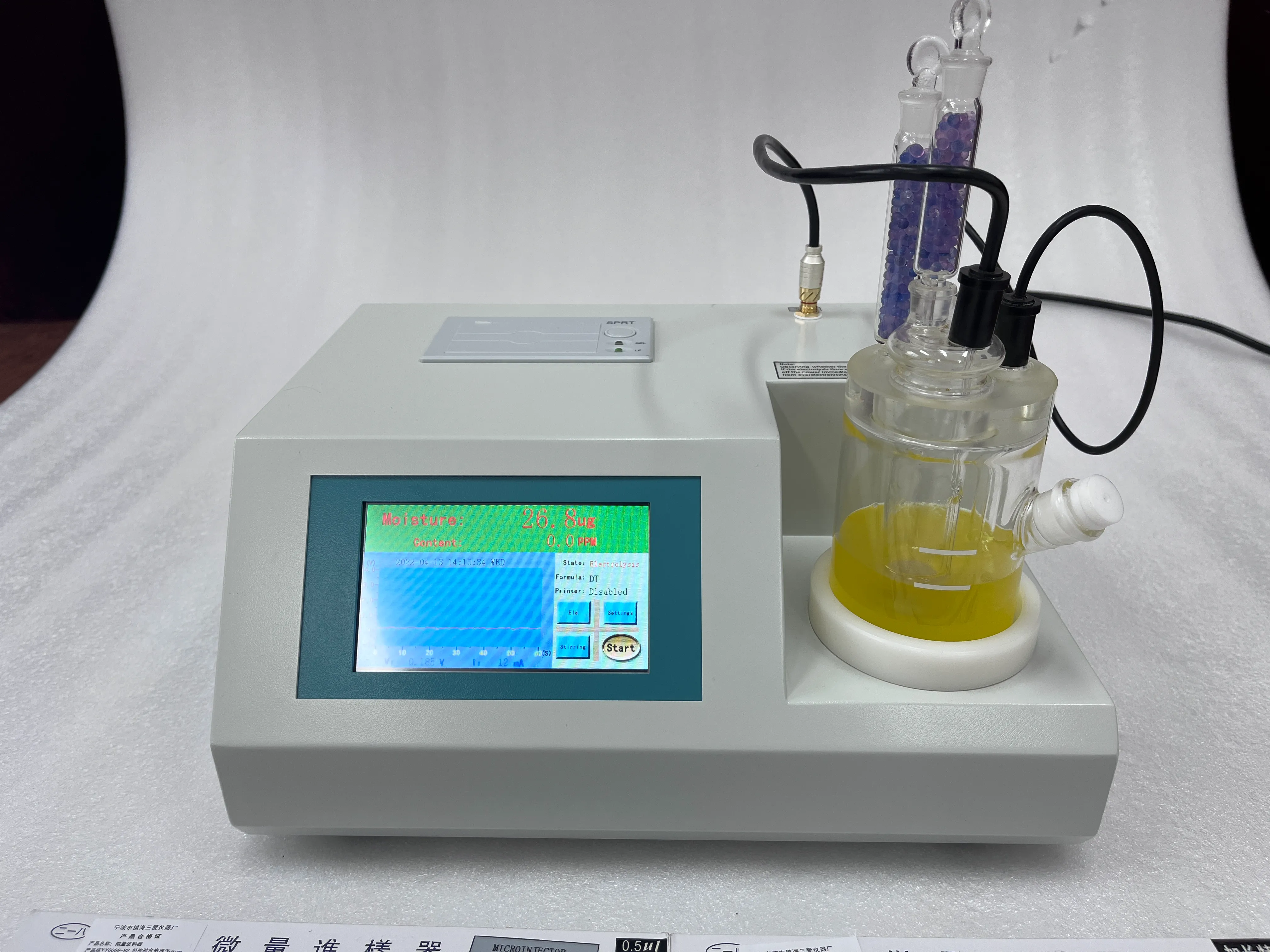 English
English


Analysis of Surface Partial Discharge Characteristics in Electrical Insulation Systems
Understanding Surface Partial Discharge An Overview
Partial discharge (PD) is a phenomenon that occurs in insulation systems of electrical equipment, typically in high voltage environments. It refers to the localized electrical breakdown of a dielectric material that does not completely bridge the gap between two conductive electrodes. Among the various types of partial discharge, surface partial discharge (SPD) is particularly significant in assessing the integrity of insulating materials and systems.
The Mechanism of Surface Partial Discharge
Surface partial discharge primarily occurs along the surface of insulating materials due to factors such as contamination, moisture, and surface irregularities. Over time, these stressors can lead to the formation of conductive pathways along the insulation surface, making it prone to PD activity. When the electric field strength exceeds a certain threshold at specific points on the surface, discharges can occur. These involve a rapid release of energy which generates heat, light, and sound, producing detrimental effects on the insulation and potentially leading to catastrophic failures in electrical equipment.
Importance of Monitoring Surface Partial Discharge
Monitoring surface partial discharge is crucial for several reasons. First, it serves as an early warning system for insulation degradation. By detecting PD activities, operators can assess the condition of the insulation and implement maintenance strategies before a major failure occurs. This proactive approach can greatly extend the lifespan of electrical components and enhance operational safety.
Furthermore, surface PD can lead to the creation of voids and carbon tracks on the insulation surface. These defects not only compromise the integrity of the material but also increase the risk of arcing and short circuits. Therefore, understanding and monitoring the behavior of surface partial discharge is essential for ensuring reliable performance in electrical systems, especially in critical applications such as power generation, transmission, and distribution.
Detection and Measurement Techniques
The detection of surface partial discharge is typically carried out using specialized equipment that can identify and analyze PD activity
. Common techniques include1. Ultrasonic Detection This method utilizes ultrasonic sensors to capture high-frequency sound waves generated during PD events. The captured signals are then analyzed to determine the intensity and severity of the discharges.
surface partial discharge

2. Electrical Measurement This approach involves connecting measuring instruments to the electrical system to detect changes in voltage and current characteristics caused by partial discharges.
3. Optical Techniques High-speed cameras and optical sensors are used to visualize discharges, which can provide valuable insights into the location and nature of the surface partial discharges.
4. Frequency Domain Spectroscopy This method analyzes the frequency response of the insulation material to identify changes indicative of PD activities. It is particularly useful for characterizing materials and understanding their health under operational conditions.
Mitigation Strategies
To mitigate the risk associated with surface partial discharges, several strategies can be employed
- Regular Maintenance Implementing routine inspections and cleaning procedures can help reduce contamination and moisture, which are significant contributors to SPDs. - Improved Insulation Materials Using high-quality, moisture-resistant insulation materials can significantly lessen the likelihood of surface discharges.
- Environmental Control Maintaining a controlled environment, particularly in high voltage installations, can minimize external factors that contribute to PD occurrence.
Conclusion
Surface partial discharge represents a critical concern in the realm of electrical engineering. Its detection and management are essential for maintaining the reliability and safety of high voltage systems. As technology continues to evolve, enhanced monitoring and diagnostic techniques promise a better understanding of PD phenomena, paving the way for more effective maintenance strategies and innovations in insulation materials. In a world increasingly reliant on electrical systems, addressing surface partial discharge is not merely a matter of technical interest but a necessity for safe and efficient operation.
-
Differences between open cup flash point tester and closed cup flash point testerNewsOct.31,2024
-
The Reliable Load Tap ChangerNewsOct.23,2024
-
The Essential Guide to Hipot TestersNewsOct.23,2024
-
The Digital Insulation TesterNewsOct.23,2024
-
The Best Earth Loop Impedance Tester for SaleNewsOct.23,2024
-
Tan Delta Tester--The Essential Tool for Electrical Insulation TestingNewsOct.23,2024





